This Swedish startup made the tech behind the world’s first solar-powered headphones – here’s how it works
Harnessing the power of the sun
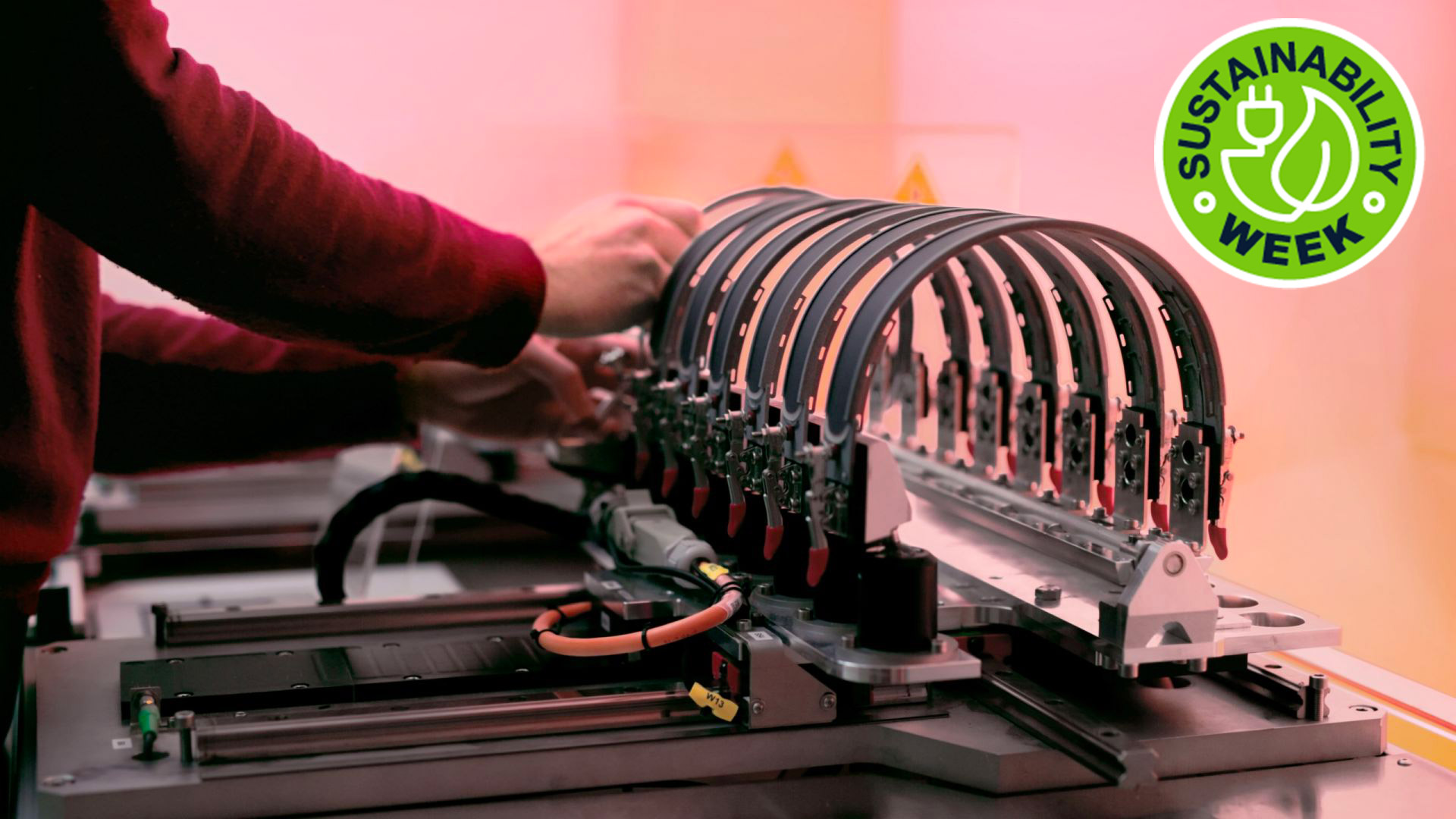
This article is part of a series of sustainability-themed content we're running to observe Earth Day and promote more sustainable practices. Check out all of our Sustainability Week 2024 content.
It's been more than 15 years since Exeger began its attempts to create a new way to power your electronic devices and not only has the Swedish startup been successful in inventing solar cells that are powered by both natural and artificial light sources, but it's also managed to partner with several leading consumer brands to add the tech to their products.
But what exactly is this new solar power tech? How does it work? And which devices currently use it? Exeger's CEO Giovanni Fili speaks to TechRadar this World Earth Day (April 22) about inventing 'Powerfoyle', a patented solar cell material that transforms everyday products into self-powered machines.
With the ability to convert any indoor and outdoor light into clean, endless energy, there are countless environmental benefits to creating more sustainable electronic solutions that cut down on e-waste. We caught up with Exeger CEO Giovanni to hear more about how it works.
How does Powerfoyle work?
"Powerfoyle is based on a lab scale discovery called 'dye-sensitized solar cells', which we have both reinvented and scaled to match the demands of global companies like 3M, adidas and Vusion Group.
With over 300 patents, I am proud to say that Exeger is a deep tech company that has taken a fundamental scientific breakthrough from idea to successful product launch, and we are now scaling with some of the world’s largest brands as customers.
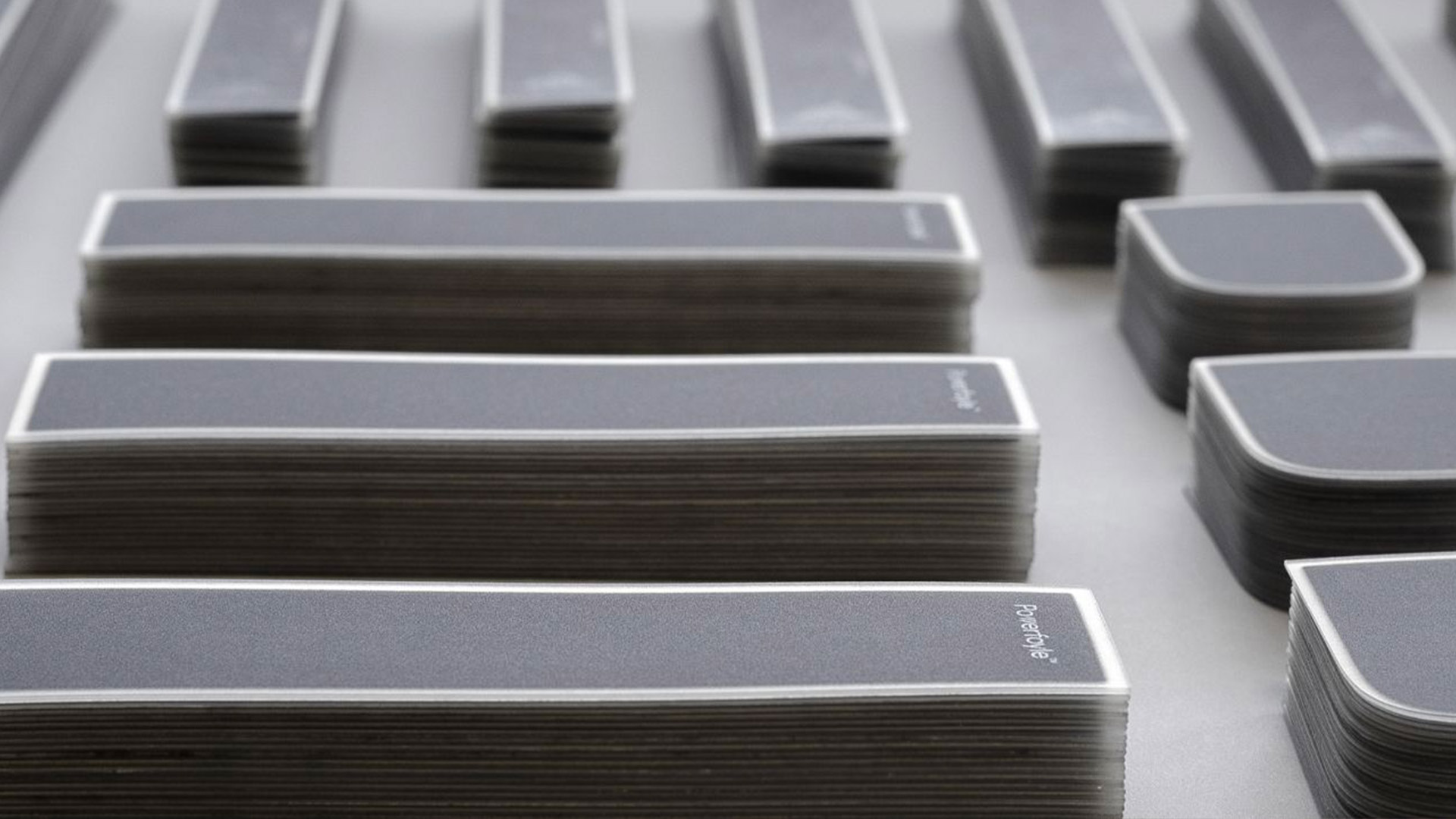
Our solar cell technology mimics photosynthesis. [To put it simply] just like plants convert light energy into usable energy through the colour of their leaves, Powerfoyle converts any light energy, both artificial indoor light and natural light, into electricity through the dye.
Once photons are turned into electrons, they are then transported throughout the cell in our proprietary electrode, which is 1000x better at conducting electricity than what is traditionally used. The electrons then can be used, often to recharge a battery.
Get daily insight, inspiration and deals in your inbox
Sign up for breaking news, reviews, opinion, top tech deals, and more.
Unlike batteries, which only store energy, Powerfoyle produces energy, and now, for the first time since portable consumer electronics first appeared in the 1950's, we see a power source directly integrated into the products we use."
Where is indoor solar tech being most used?
"There are no other solar cell companies that are working in the indoor [solar cell] space with the scale, design and customer base that we have. Since the first products with Powerfoyle were launched in 2021 [such as Urbanista Miami
and Urbanista Los Angeles headphones], there have been a handful of companies finding their segment of the market.
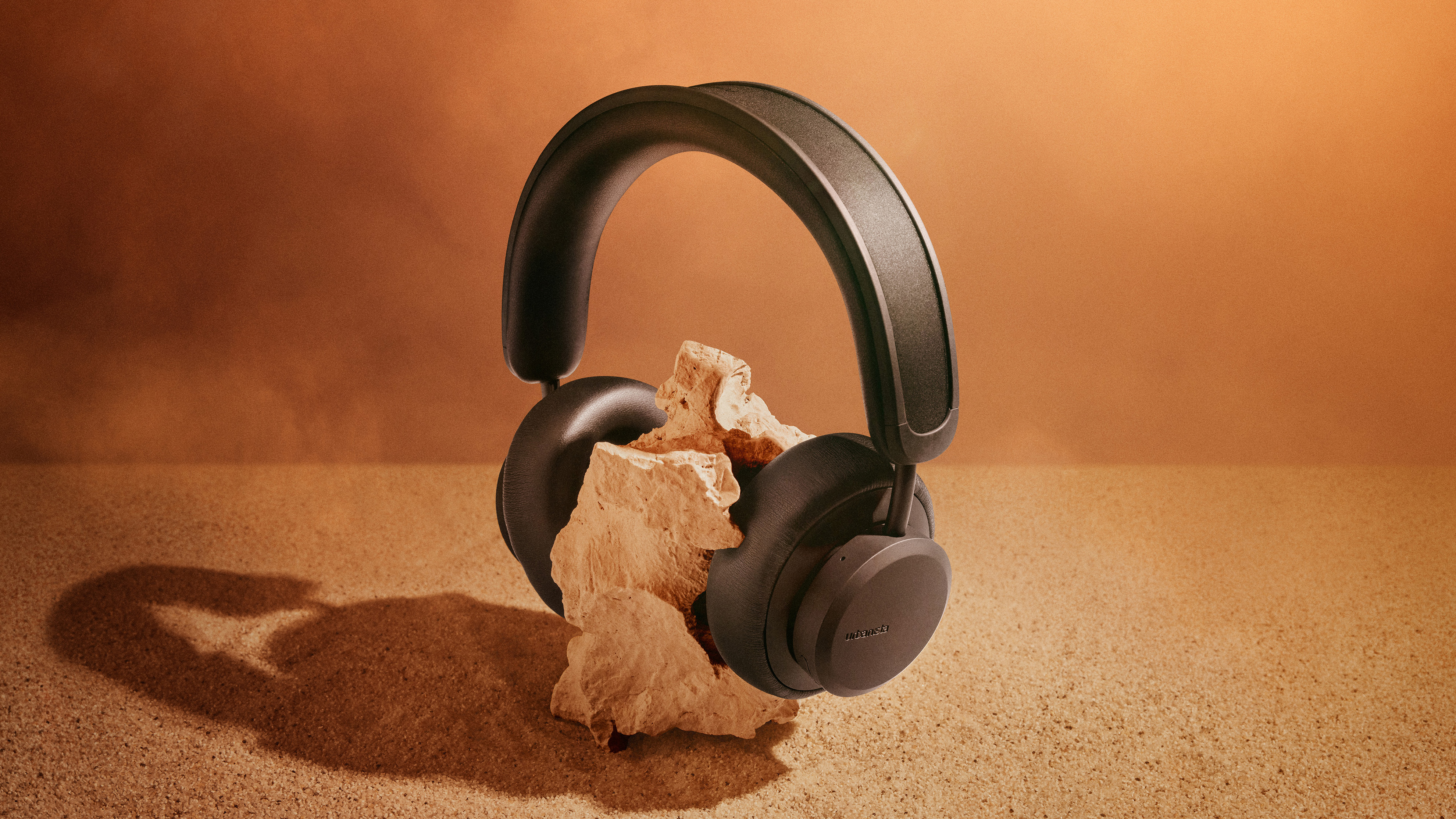
We have identified three key markets in the indoor solar cell tech space: digitization of retail, computer peripherals [including various audio products such as wireless earbuds and even Bluetooth speakers] and remote controls [like Samsung's solar powered smart remote]."
What's unique about Powerfoyle?
"There are really three key factors that not only set us apart from all the other technologies, but will also lead to Powerfoyle becoming a new standard in consumer electronics.
One. Design is essential for any product that you hold in your hands, especially in consumer electronics. Powerfoyle can be made to look like most materials, like brushed steel, leather, carbon fibre and many more. It is also made in any shape, is thin and flexible, and is very durable. These characteristics allow Powerfoyle to be seamlessly integrated into any product.
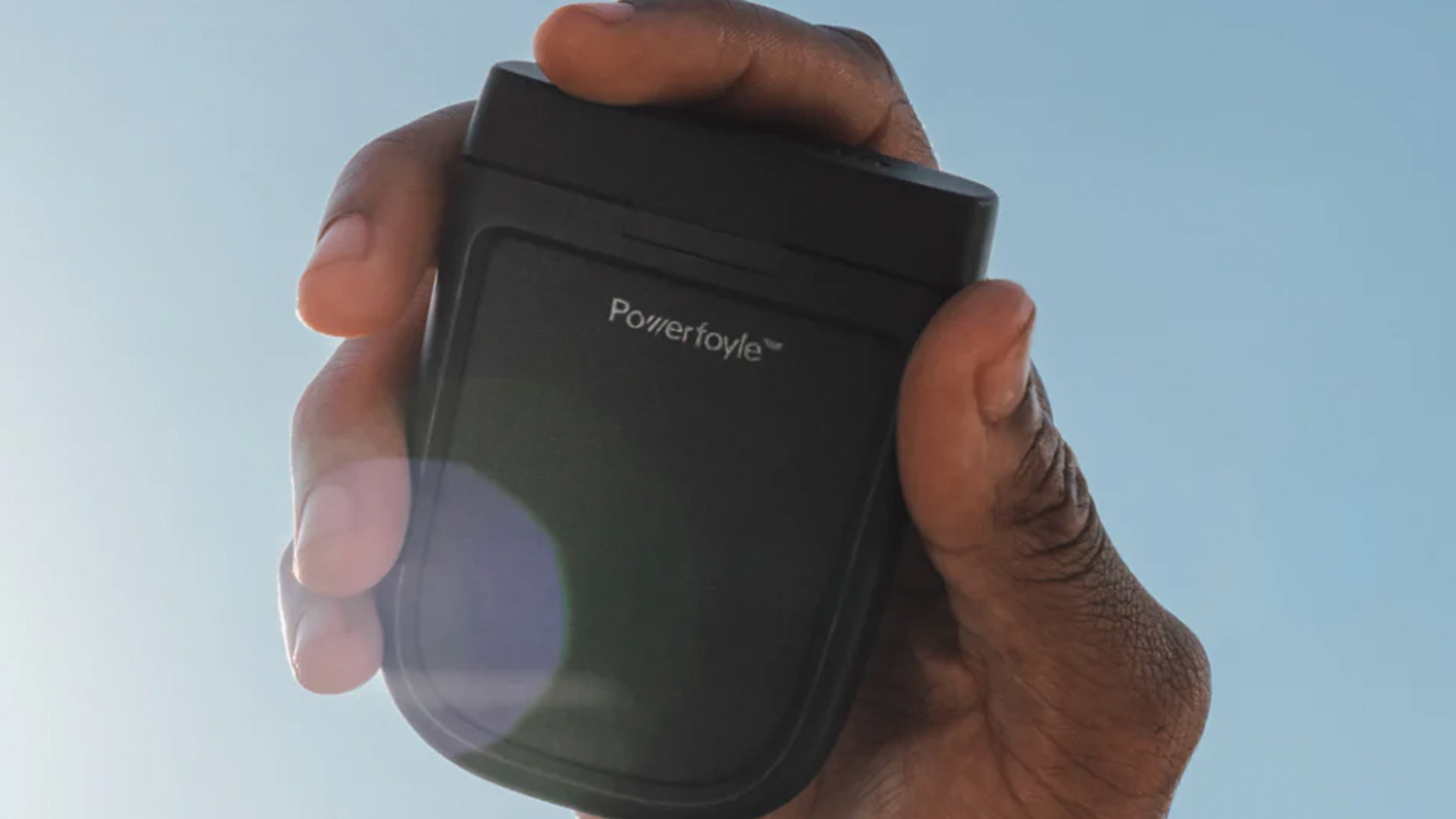
Two. The usable power from our cells is unmatched. The key difference here is that as an integrated solar cell in products, Powerfoyle delivers as much as when tested standalone. What’s interesting is that other technologies, especially glass based solar cells, lose up to 50% efficiency due to numerous factors. The easiest to understand is that a glass cell cannot be a structural part of a product while Powerfoyle actually is.
And third, we can cater to the world's largest companies thanks to the scale of our operations. We have over 200 employees, 300 granted patents and two fully operational factories with a production capacity of 2.5 million square meters once fully scaled."
Where can you buy Powerfoyle-powered devices?
"The 3M Peltor headset, which hit the market just last month, is one of the products that excites me the most with an incredible partner. 3M is a truly innovative company, and our values align so well that working together is effortless.
Our very first customer, Urbanista, has also been at the forefront of the audio industry, launching a whole lineup of audio products with the very first Powerfoyle product, the Urbanista Los Angeles, followed by the Phoenix earbuds, and last December, the Malibu portable speakers. Urbanista is actually coming out with the second generation of both the Los Angeles and Phoenix, with a sleek updated design.
The beauty of Powerfoyle is that it can be seamlessly integrated into any product
Giovanni Fili, Exeger CEO
And lastly, we have the adidas RPT02, launched in 2022, which was also a great success. In terms of technological excellence, Powerfoyle enables all the products mentioned to be completely self-powered, meaning that the typical user never has to charge any of these products. All they need to do is use them the way they normally would, and Powerfoyle will convert the light that is there anyway into energy for a completely seamless experience with zero hassle.
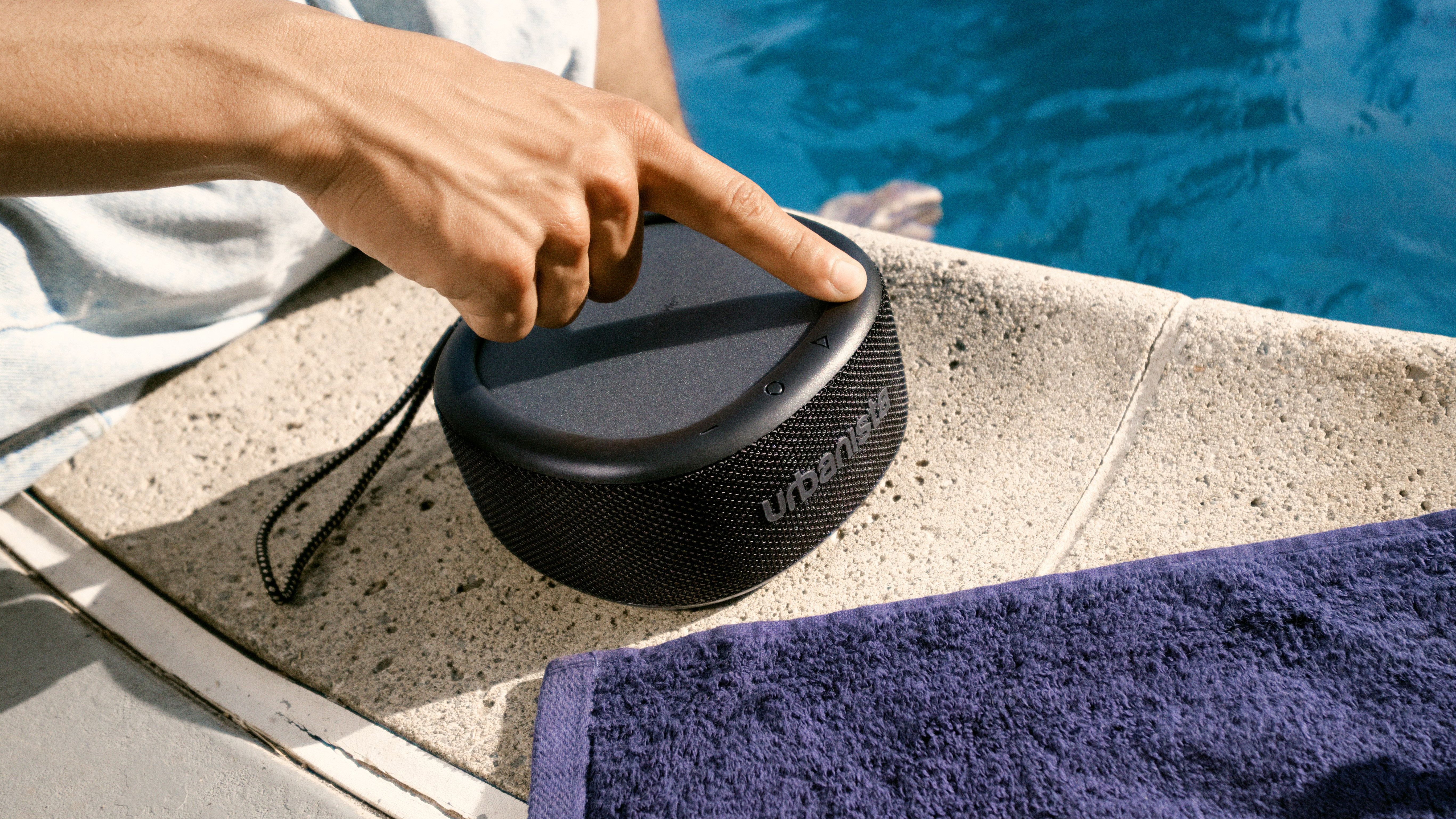
Powerfoyle has been extremely well received on the market, and all our customers are putting our brand on the products, a lot like Gore-tex and Intel Inside. The reason our customers have chosen to showcase Powerfoyle is the added brand value associated with our technology. Any product with the Powerfoyle name means ultimate convenience for users, and it’s done in an environmentally friendly way.
As a user, just look for 'Powerfoyle' and you’ll know that product has a power source directly integrated into it! Other than that, the beauty of Powerfoyle is that it can be seamlessly integrated into any product, so for now, the products you find on the market with our technology are so well integrated that there is no way to know there is a solar cell on the products, except of course our brand name."
What's next for Powerfoyle?
"We are in the process of scaling Stockholm II, our second factory, to match the customer demand we saw last year. In 2023, Stockholm II became operational, which in turn led to Exeger signing four major contracts with the world leader in each of their respective markets. That was followed by a €35 million [about $37 million / £30 million] loan granted by the European Investment Bank as part of a larger fund raise to swiftly scale our manufacturing capacity.
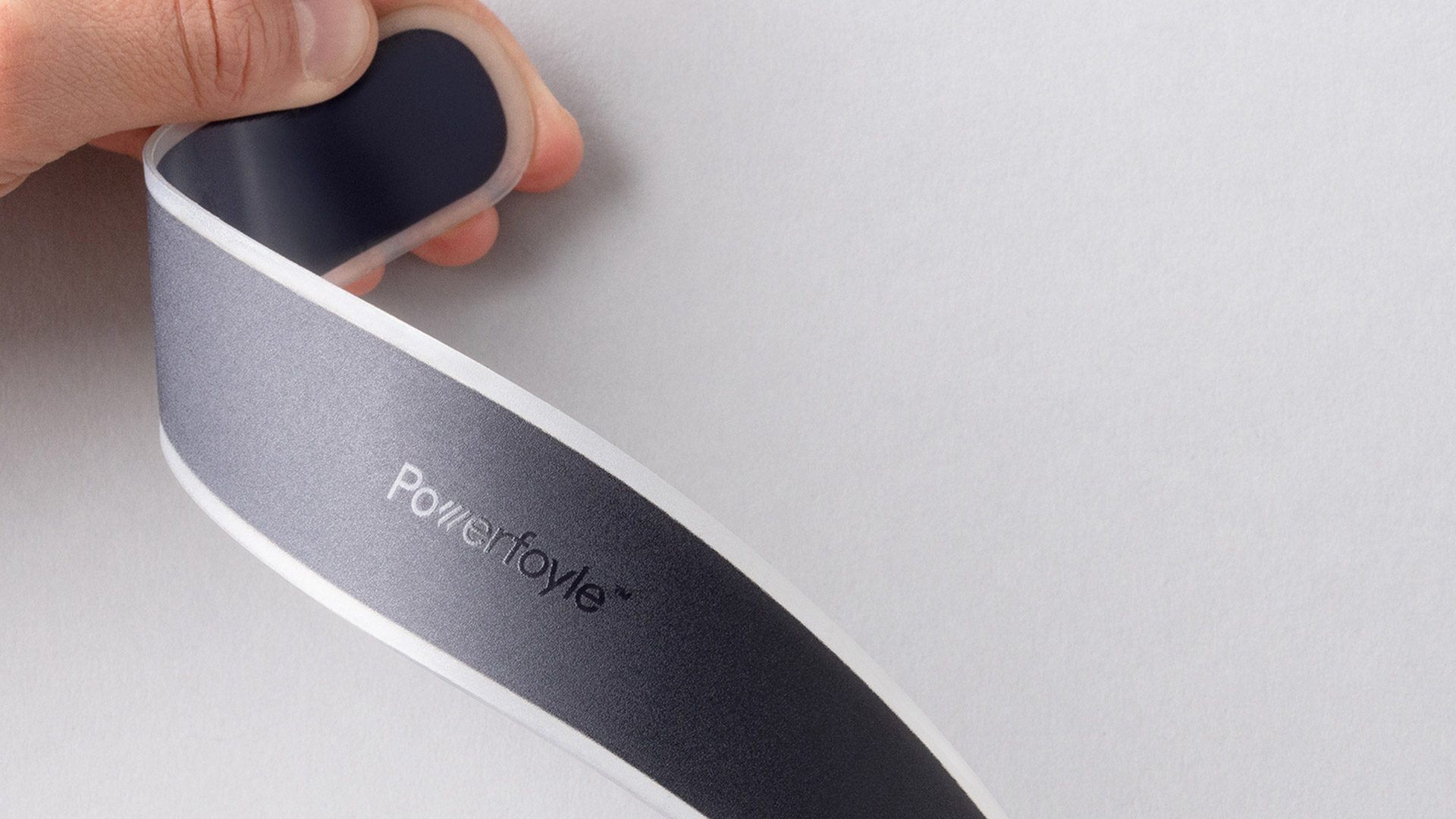
In the second half of this year, we will start shipping to several of the customers we signed last year. It’s an extremely important and exciting time for Exeger! This is the tipping point for the mass adoption of Powerfoyle."
You might also like
Paul is a digital expert. In the 20 years since he graduated with a first-class honours degree in Computer Science, Paul has been actively involved in a variety of different tech and creative industries that make him the go-to guy for reviews, opinion pieces, and featured articles. With a particular love of all things visual, including photography, videography, and 3D visualisation Paul is never far from a camera or other piece of tech that gets his creative juices going. You'll also find his writing in other places, including Creative Bloq, Digital Camera World, and 3D World Magazine.